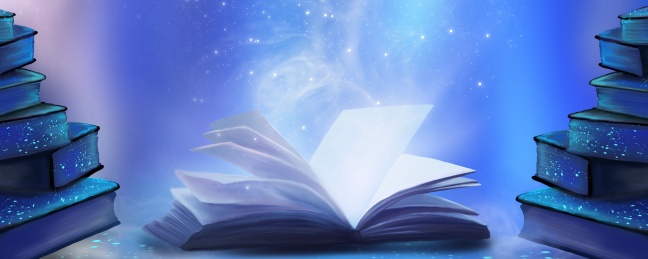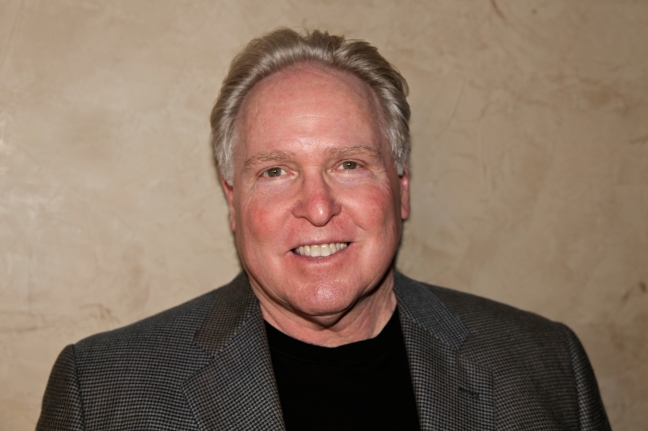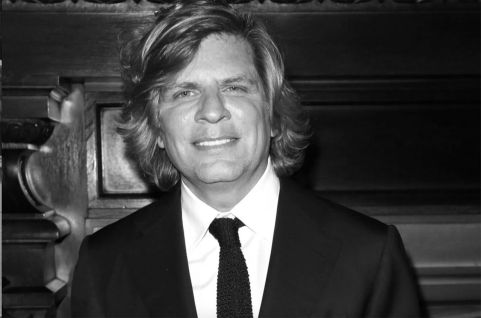THE OMTE ORIGINS
Nestled along the bluffs of the forested coast lays the secret kingdom of the Omte—a realm filled with wonder…and as many secrets.
Ulla Tulin was left abandoned in an isolated Kanin city as a baby, taken in by strangers and raised hidden away like many of the trolls of mixed blood. Even knowing this truth, she’s never stopped wondering about her family.
When Ulla is offered an internship working alongside the handsome Pan Soriano at the Mimirin, a prestigious institution, she jumps at the chance to use this opportunity to hopefully find her parents. All she wants is to focus on her job and the search for her parents, but all of her attempts to find them are blocked when she learns her mother may be connected to the Omte royal family.
With little progress made, Ulla and Pan soon find themselves wrapped up in helping Eliana, an amnestic girl with abilities unlike any they have ever seen before—a girl who seems to be running from something. To figure out who she is they must leave the city, and possibly, along the way, they may learn more about Ulla’s parents.
Amazon | Goodreads

Q&A with Amanda Hocking, author of THE LOST CITY: The Omte Origins, Volume 1
- There’s been so much excitement and anticipation for more books in the world of the Trylle and Kanin. What made you decide to revisit those worlds now in The Omte Origins trilogy?
I knew as soon as I wrote Ulla as a small character in Crystal Kingdom (the final book of the Kanin Chronicles) that I was going to write a trilogy about her, but it was just a matter of when. After the Kanin Chronicles, I wanted to take a little break from that world and visit others – which I did with Freeks and the Valkyrie duology. By then, I was so ready to dive back into the world and answer some lingering questions I had left for the Trylle and Kanin.
- Why make this the final trilogy?
With the Omte Origins, I feel like I’ve been able to say everything I want to about the worlds. Through the three trilogies, I spent time with all five tribes. Wendy’s mother is Trylle and her father is Vittra, and her story has her visiting both kingdoms. Bryn’s mother is Skojare and her father is Kanin, and her trilogy shows life in the Kanin and Skojare cities, as well as travelling to others beyond that. I won’t say who exactly Ulla’s parents are (that would be spoiling the story) but her journey takes her through the troll kingdoms, with interesting detours through the Omte, Trylle, and Kanin tribes.
- What are the most challenging aspects of writing a new trilogy that can be read independently, but is set in a world–the Trylle and Kanin–that you’ve written about before?
The hardest challenge is getting new readers caught up with the world and the lingo without feeling repetitive and boring to longtime fans of the series. I try use this an opportunity to show characters and situations from different angles. The Wendy the audience meets at the beginning of Switched is vastly different Wendy than the that Ulla knows in the Omte Origins. So for new readers, they get introduced Wendy as she currently is, and for repeat readers, they can see who Wendy has become and who she appears to be through the eyes of an average citizen with Ulla.
- What’s the most fascinating thing you researched while writing The Lost City?
With the Omte Origins, I really looked back at the course of troll history, and their past has dovetailed with the Vikings and other artic peoples. So I did a lot research on early Vikings and indigenous arctic people, primarily the Inuit and the Sami. My favorite parts were reading their folklore. I even got an Inuit cookbook, and I attempted to make Bannock (a traditional Inuit bread). It did not turn out well, but I blame that entirely on my cooking skills (or lack thereof) and not the recipe.
- The “Glossary” and “Tribal Facts” sections at the end of the book are fascinating and really help create a layered, fleshed out world. Was putting those together as much fun as writing the novel?
It was so much fun. It’s been over ten years and nine books (and several short stories), so I have spent a lot time of thinking and doing world-building. I honestly have enough information for a history book about the worlds of the Trylle, but I don’t know there’s a demand for fictional textbooks. The Tribal Facts were actually one of the first things I wrote for the Omte series, because I went through and get myself reacquainted and made sure I had all my important facts straight.
- Was your writing routine affected by the stay-at-home orders due to the pandemic?
My routine itself hasn’t been too affected, since I write from home, but I would say that the stress has a negative impact on me, the way it has for many of us that work in creative fields – or any field at all, honestly. My husband has been working from home, and my stepson had been doing long distance learning before summer break, but that hasn’t really changed too much for me. I usually work after they go to bed and stay up late into the early morning hours.
- Were there any favorite songs or music you listened to while writing this book?
Yes, definitely! I listen to so much music when I write, and I even have curated playlists to go along with my books on Spotify. open.spotify.com/user/127756215 Some of my favorite songs to write to were “Ella” by Myrkur, “Wild World” by Cat Stevens, and “Delicate” by Taylor Swift. I also listened to a lot of Wardruna, who are this Norwegian band who make traditional Nordic music with historically accurate instruments. For the soundtrack to the Omte Origins, I wanted it be a blend of traditional Nordic music, mellow seventies folk to go with the trolls delayed pop culture tastes, and pop music that gets through with the trendier younger generations of trolls.
- Do you think the music you listen to has an influence on the stories? Or do the stories influence the music you choose?
I think it’s both, honestly. When I’m picking songs for the playlist, I definitely choose them based on the kind of emotions I want to feel and the tone I want to set for whatever I’m writing. Sometimes I’ll put particularly romantic songs on repeat when writing a love scene or an angry fast-paced instrumental for a fight scene.
- What books or authors are you reading or excited to read lately?
I’m super excited about Faith: Taking Flight by Julie Murphy. It comes out the same day as The Lost City, and it’s about a plus-size teenage girl who discovers that she can fly. I recently read A Song of Wraiths and Ruin by Rosanne Brown, and I’m counting down the days until The Gilded Ones by Namina Forna and The Project by Courtney Summers.
- Any hints you can share about what’s coming next after The Omte Origins Trilogy?
I’m currently working on a stand-alone fantasy inspired by Greek mythology, but I don’t know when it will be out yet. I’ve got ideas for dozens of projects after that, and I’m working hard (and having fun) getting through them all.

Several of her books have made the New York Times Bestsellers list. Her zombie series, The Hollows, has been adapted into a graphic novel by Dynamite. She has published over twenty novels, including The Kanin Chronicles, the Watersong quartet, My Blood Approves series, the Valkyrie duology, and Freeks .
Her next books are the Omte Origins, a trilogy set in the world of the Trylle and Kanin. The first book The Lost City will be out July 7, 2020, and the second book The Morning Flower will be out August 5, 2020.
For more info about her and her books, here are some other places to check out and ways to contact her:



































